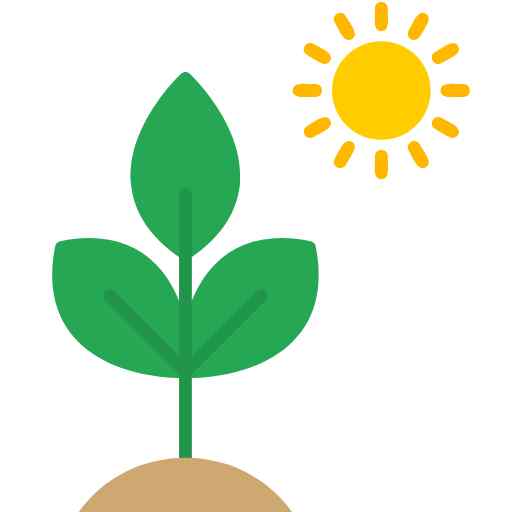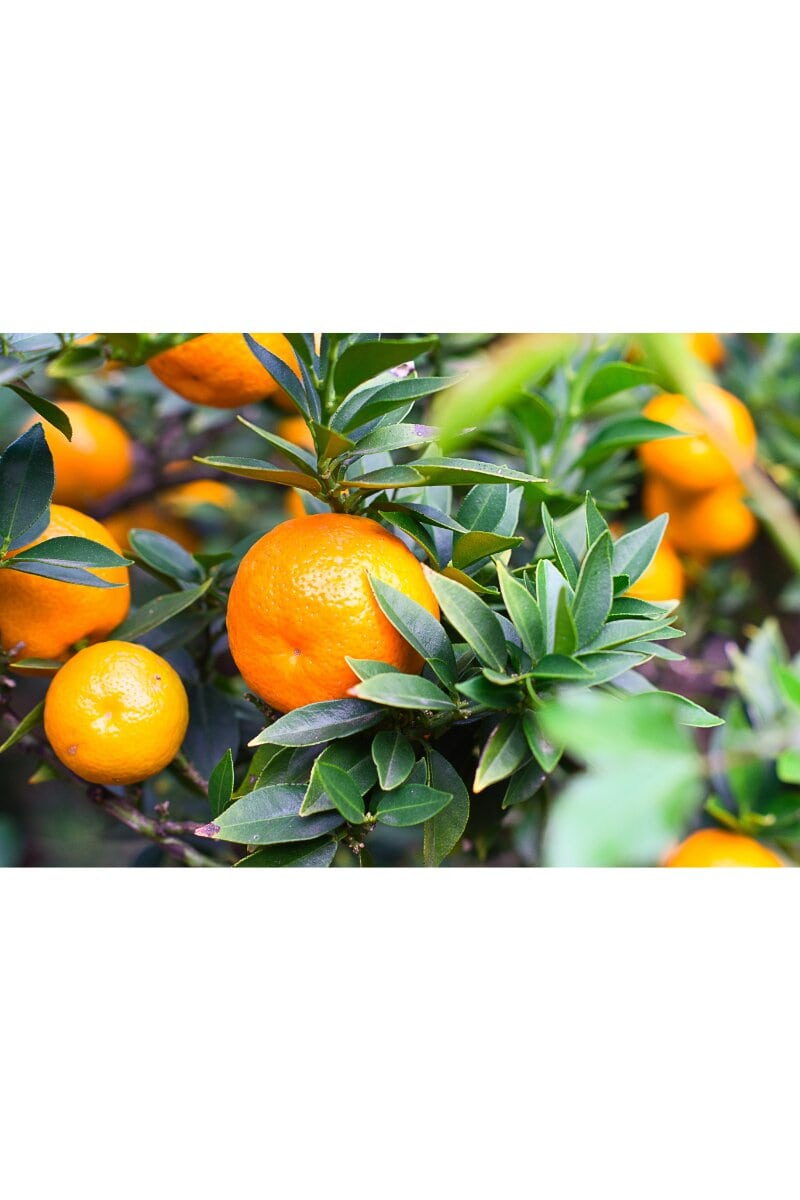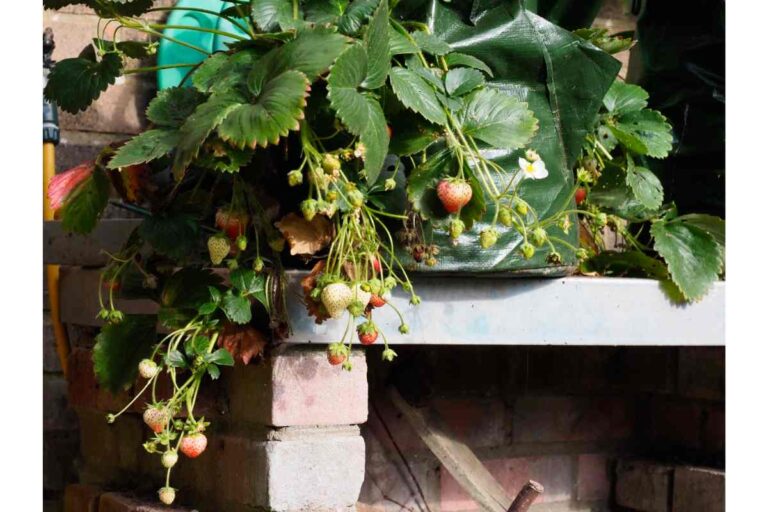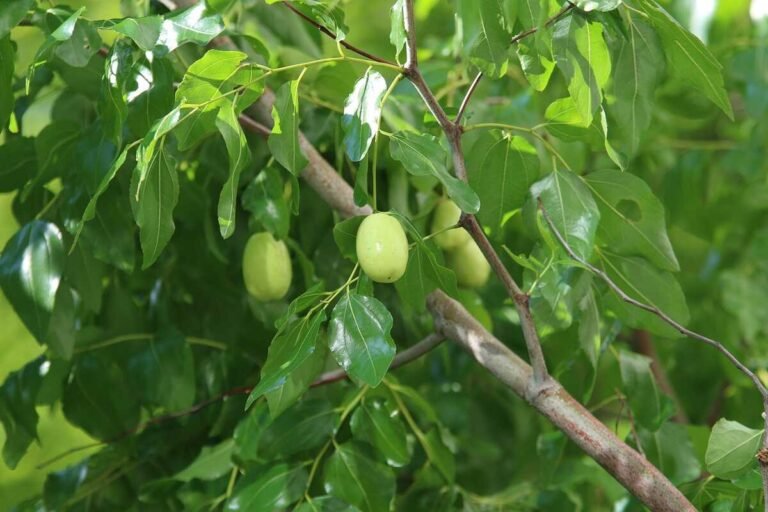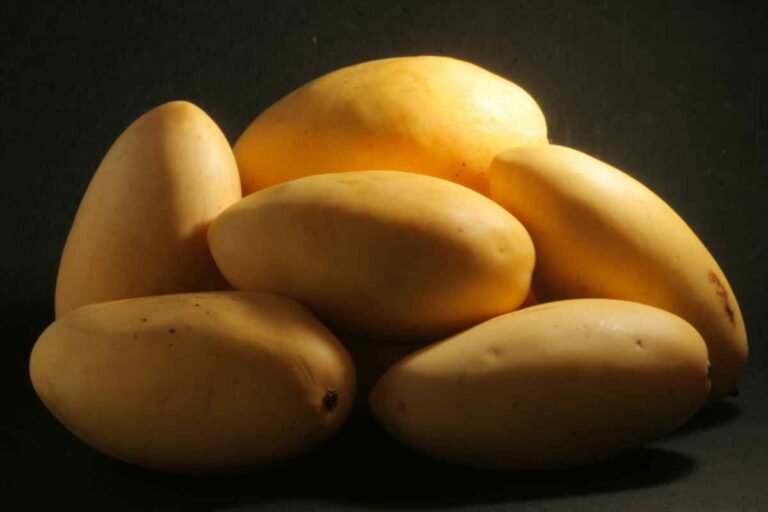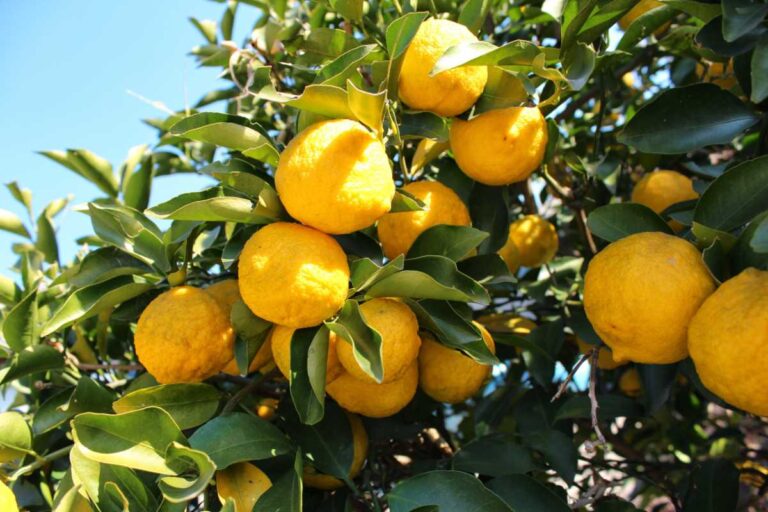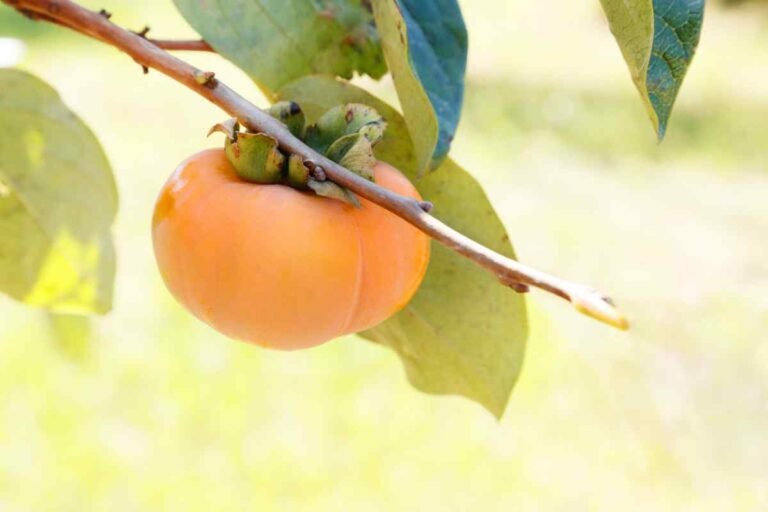How To Grow Tangerines From Seeds?
Tangerines (Citrus Reticulata) are small, yellowish-orange sweet fruit. Tangerines are also known as mandarins. They grow to between 15 and 20 feet tall. They produce 2 to 4 inches wide sweet fruit, similar to oranges. They have thinner skin which is easier to peel. They can offer you many health benefits. They possess anti-inflammatory property and strengthens the immune system. This article will explain how to grow Tangerines from seeds, including how to germinate the seeds appropriately and eventually care for the young tree. With enough patience and care, you’ll soon be able to pick fresh tangerines from your tree.
How To Grow Tangerines
Step#1: Gather Tangerine Seeds From A Ripe Tangerine
The first stage in establishing a tangerine tree from seed is to gather the seeds from ripe tangerines. Tangerines are ripe when they are deep orange and velvety to the touch. To get seeds, slice the fruit in half and scoop out the interior.
Choose tangerines that are free of bruises and other signs of injury. Also, it’s a good idea to gather more seeds than you need in case some of them fail to germinate.
Wash the collected seeds to remove any fruit meat or fluids for the freshest results. By doing this, you can stop rotting and mold formation.
Step#2: Cleanse And Dry The Seeds
After obtaining the seeds, it is crucial to clean and dry them. Rub the seeds between your fingers lightly to remove any leftover fruit flesh. Give the seeds a good wash under running water to remove any remaining dirt.
The seeds should be spread out on a paper towel and left to dry thoroughly. Depending on the humidity levels, this may take many days. Before planting, be sure the seeds are entirely dry because excess moisture can lead to rotting.
Step#3: Add Potting Soil To A Seed Tray Or Pots.
You must set up a tray or pots for planting once the seeds are clean and dry. A high-quality potting soil or seed starting mix should be added to the tray or pots.
Choose soil that drains well and is free of weeds, bugs, or diseases to give your seeds the best start. For an added boost, you might also want to add some compost or organic fertilizer.
Step#4: Planting The Tangerine Seeds
It is now time to sow the tangerine seeds after the soil has been prepared. Plant the seeds approximately an inch apart and 1/4 inch deep in the soil.
Don’t place more dirt over the tangerine seeds because they need light to sprout. To ensure the seeds have adequate soil contact, gently press down on them.
Step#5: Water The Soil And Set The Tray Or Pots In An Area That Is Warm And Sunny
When you’ve planted your seeds, water the soil to gently hydrate it. Avoid drowning your plants in moisture, since this could cause root rot. Place the tray or pots in a warm, sunny position after the soil is saturated.
Tangerine seeds require a lot of sunlight to sprout. Plants would thrive well on a windowsill or in a greenhouse.
Step#6: Continue To Keep The Soil Moist And Position The Tray Or Pots In A Warm, Sunny Area
Maintain soil moisture, but not to the point of becoming saturated, to ensure successful germination. When the soil feels dry to the touch, water it, but don’t give it too much.
Keep the tray or pots in a warm, sunny location to ensure that your seedlings develop into strong, healthy plants.
Step#7: Transplant The Seedlings Into Individual Pots Or Your Garden Once They Are Big Enough
The seedlings will eventually require transplantation into bigger containers or the garden as they mature. When the seedlings are at least 4 inches tall and have numerous sets of leaves, this is usually done.
You should take extra care not to harm the fragile roots when transplanting. The seedlings should then receive a lot of water so they can acclimate to their new surroundings.
Step#8: Water Consistently And Give Plants Lots Of Sunlight
Tangerine trees thrive in sunny regions with well-draining soil, so be sure give them lots of sunlight and frequent watering to ensure it grows properly.
Once or twice a week, give the tree a thorough watering; however, avoid overwatering as this can lead to root rot. Water more frequently when it’s dry out.
Step#9: Prune And Train The Young Tree
You can prune and train your tangerine tree as it grows to ensure a good, appealing shape. Pruning helps remove damaged or worn branches and encourages the growth of new ones. To give the tree a strong stature, it is also advisable to train it to have a single main trunk.
If you want to learn more about pruning and training, seek advice from a horticultural professional or consult reliable gardening materials.
Step#10: Savour The Tangerines You Grew At Home
You will be able to enjoy the benefits of your labor with a little effort and care. You can taste delicious, juicy tangerines straight from the tree as the tangerine tree becomes mature.
Enjoy the juicy, fresh flavor of tangerines grown in your backyard. They also taste fantastic in salads, desserts, and other foods. So take a seat, relax, and enjoy the flavor of tangerines cultivated in your backyard.
Possible Problems
In growing a tangerine tree from seed, you could run across a few potential issues. Here are some typical problems and solutions for them:
1. Poor Germination
If your tangerine seeds don’t germinate, it may be because they are old, damaged, or don’t have enough light or heat to start growing.
Attempting to make the tangerine seeds sprout? To add further warmth, place the tray or pots in a warmer location or cover them with a heat mat.
2. Pests Infestations
Common pests of tangerine trees include aphids, mealybugs, and scale insects, which can harm the tree’s leaves and fruit as well as spread disease.
Check your tangerine tree frequently for pests, and if you find any, get rid of them with an organic pesticide like neem oil or horticultural soap.
3. Diseases
Tangerine trees may be vulnerable to root rot, citrus greening, and citrus canker. A bacterial infection known as citrus canker causes elevated, corky sores on the leaves, stems, and fruit of the citrus tree.
Yellow leaves and sluggish growth are symptoms of the illness known as citrus greening. Root rot from excess moisture or poor drainage can also result in wilting and constrained development.
Be sure your tangerine tree has well-draining soil, enough water, sunlight, and regular fertilization to keep it healthy. Consult a horticulturist for advice on available treatments if you spot illness symptoms.
Harvest And Storage
When it comes to picking and storing tangerines, time is crucial. Tangerines should be rich orange in color and tender to the touch before picking.
To harvest tangerines, they can be skillfully sliced with a sharp knife or gently pulled off the tree. If you tug on the fruit, you can damage the tree.
Tangerines must be stored carefully after harvesting to keep them sweet and fresh. They can be stored in the refrigerator for a long time or at room temperature for a few days.
Tangerines can be kept for a week or more by placing them in a plastic bag or container and storing them in the crisper drawer of the refrigerator. If you want to keep tangerines for a long time, you may also freeze them.
How Long Does It Take To Grow A Tangerine From Seed To Produce Fruit?
A tangerine tree may take three to five years to reach maturity and begin bearing fruit, depending on its type and location.
It could take longer to grow a tangerine tree from seed since the seeds need to germinate and the seedlings need to be taken care of before being transplanted. Depending on the environment and other factors, seed germination can take anywhere between a few weeks to many months. The planted tree will then need a few more years to mature completely and begin giving fruit.
